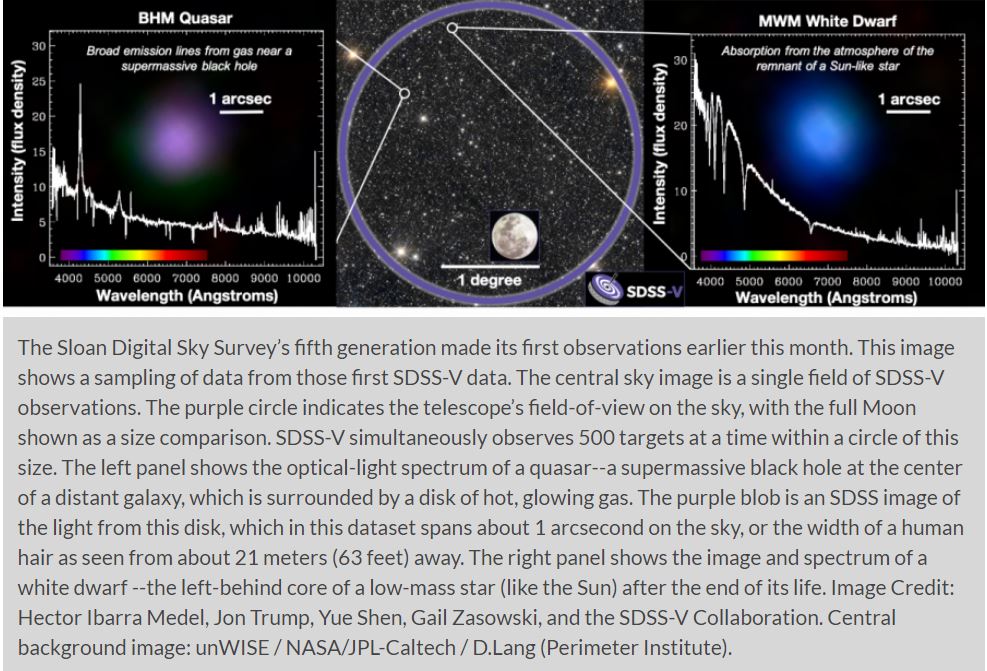
The fifth generation of the Sloan Digital Sky Survey is collecting data about our universe for Vanderbilt University astronomers and other project members to use to explore the formation of distant galaxies and supermassive black holes, and to map the Milky Way.
The SDSS-V will make full use of existing satellites, including NASA’s Transiting Exoplanet Survey Satellite mission, to lead to new discoveries. Keivan Stassun, Stevenson Professor of Physics and Astronomy, is co-investigator of NASA TESS, which enabled the discovery of a newly formed exoplanet in June 2020. That discovery boosted the potential for a joint effort with SDSS data.
“SDSS-V will magnify the exoplanet discoveries from TESS, both retrospectively and prospectively,” Stassun said...
Read More









Recent Comments